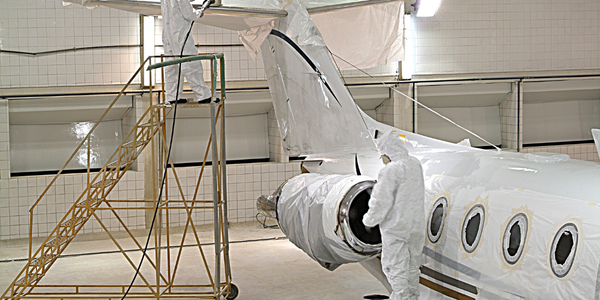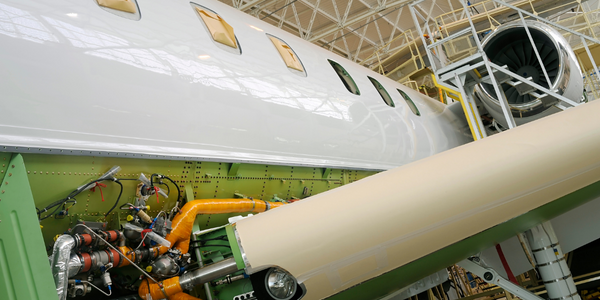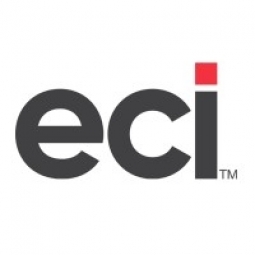Customer Company Size
SME
Region
- America
Country
- United States
Product
- E2 ERP software
Tech Stack
- ERP software
Implementation Scale
- Enterprise-wide Deployment
Impact Metrics
- Productivity Improvements
- Cost Savings
Technology Category
- Functional Applications - Enterprise Resource Planning Systems (ERP)
Applicable Industries
- Aerospace
Applicable Functions
- Discrete Manufacturing
Use Cases
- Manufacturing System Automation
Services
- System Integration
About The Customer
Art Brass Aerospace Inc. is a company that operates primarily in the aerospace industry. They serve as a third-party vendor for Boeing, painting and plating machined aircraft parts for machine shops. The company started as a small 10-man shop but has recently grown to around 100 employees, with 40 joining in the past year. This rapid growth has led to an increase in operational demands and the need for more efficient planning and tracking systems.
The Challenge
Art Brass Aerospace Inc., a third-party vendor for Boeing, was facing a significant challenge due to its rapid growth. The company had expanded from a 10-man shop to a 100-person operation, with 40 new hires in the past year. However, their planning capacity had not kept pace with their growth, leading to operational inefficiencies. The company was using outdated software that was slow, unreliable, and had a poor user interface. The software was so slow that they couldn't even plan jobs effectively. They also lacked the ability to scan jobs or track where jobs were on the shop floor, leading to wasted time and effort.
The Solution
After struggling with their old system for four years, Art Brass Aerospace decided to switch to E2, an Enterprise Resource Planning (ERP) software. The production manager, Ryan Triguerio, had previous experience with E2 and believed it would help the company grow. One of the appealing factors of E2 was the minimal training required for the shop. The company is currently in the final stages of implementing E2, six months after purchase. They have started a 'soft roll out', which includes writing job travelers, certifying them, printing packing lists, and sending invoices to QuickBooks. Future projects include adding pictures to job travelers, creating more custom reports, and tracking inventory in E2.
Operational Impact
Quantitative Benefit

Case Study missing?
Start adding your own!
Register with your work email and create a new case study profile for your business.
Related Case Studies.

Case Study
Airbus Soars with Wearable Technology
Building an Airbus aircraft involves complex manufacturing processes consisting of thousands of moving parts. Speed and accuracy are critical to business and competitive advantage. Improvements in both would have high impact on Airbus’ bottom line. Airbus wanted to help operators reduce the complexity of assembling cabin seats and decrease the time required to complete this task.

Case Study
Aircraft Predictive Maintenance and Workflow Optimization
First, aircraft manufacturer have trouble monitoring the health of aircraft systems with health prognostics and deliver predictive maintenance insights. Second, aircraft manufacturer wants a solution that can provide an in-context advisory and align job assignments to match technician experience and expertise.

Case Study
Aerospace & Defense Case Study Airbus
For the development of its new wide-body aircraft, Airbus needed to ensure quality and consistency across all internal and external stakeholders. Airbus had many challenges including a very aggressive development schedule and the need to ramp up production quickly to satisfy their delivery commitments. The lack of communication extended design time and introduced errors that drove up costs.

Case Study
Accelerate Production for Spirit AeroSystems
The manufacture and assembly of massive fuselage assemblies and other large structures generates a river of data. In fact, the bill of materials for a single fuselage alone can be millions of rows of data. In-house production processes and testing, as well as other manufacturers and customers created data flows that overwhelmed previous processes and information systems. Spirit’s customer base had grown substantially since their 2005 divestiture from Boeing, resulting in a $41 billion backlog of orders to fill. To address this backlog, meet increased customer demands and minimize additional capital investment, the company needed a way to improve throughput in the existing operational footprint. Spirit had a requirement from customers to increase fuselage production by 30%. To accomplish this goal, Spirit needed real-time information on its value chain and workflow. However, the two terabytes of data being pulled from their SAP ECC was unmanageable and overloaded their business warehouse. It had become time-consuming and difficult to pull aggregate data, disaggregate it for the needed information and then reassemble to create a report. During the 6-8 hours it took to build a report, another work shift (they run three per day) would have already taken place, thus the report content was out-of-date before it was ever delivered. As a result, supervisors often had to rely on manual efforts to provide charts, reports and analysis.

Case Study
Developing Smart Tools for the Airbus Factory
Manufacturing and assembly of aircraft, which involves tens of thousands of steps that must be followed by the operators, and a single mistake in the process could cost hundreds of thousands of dollars to fix, makes the room for error very small.








